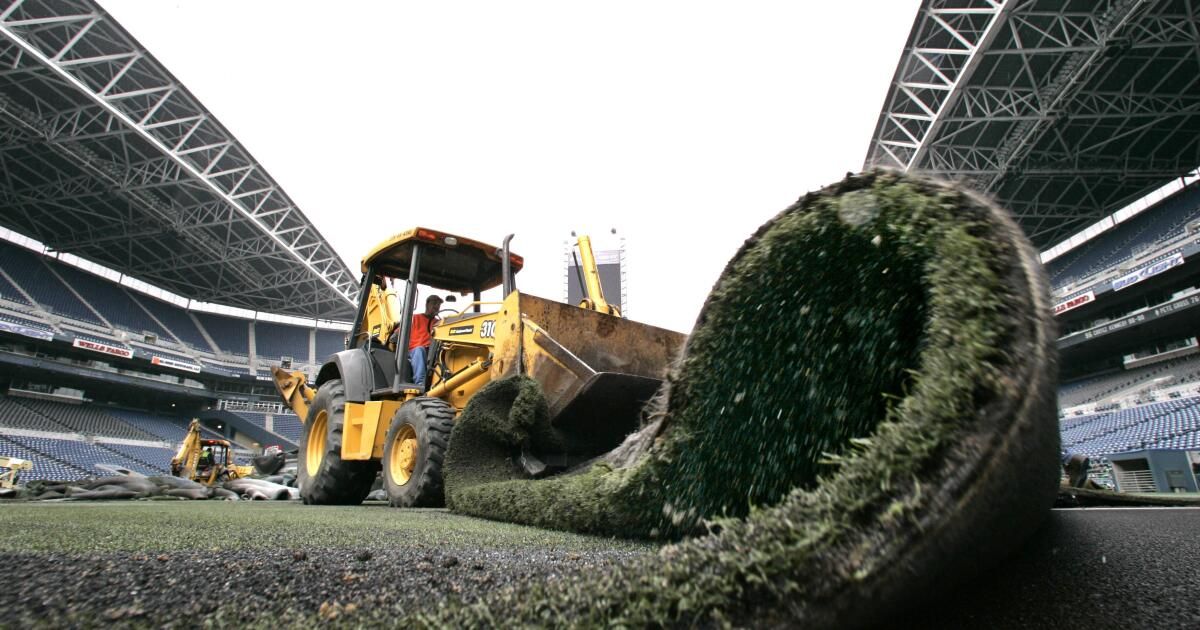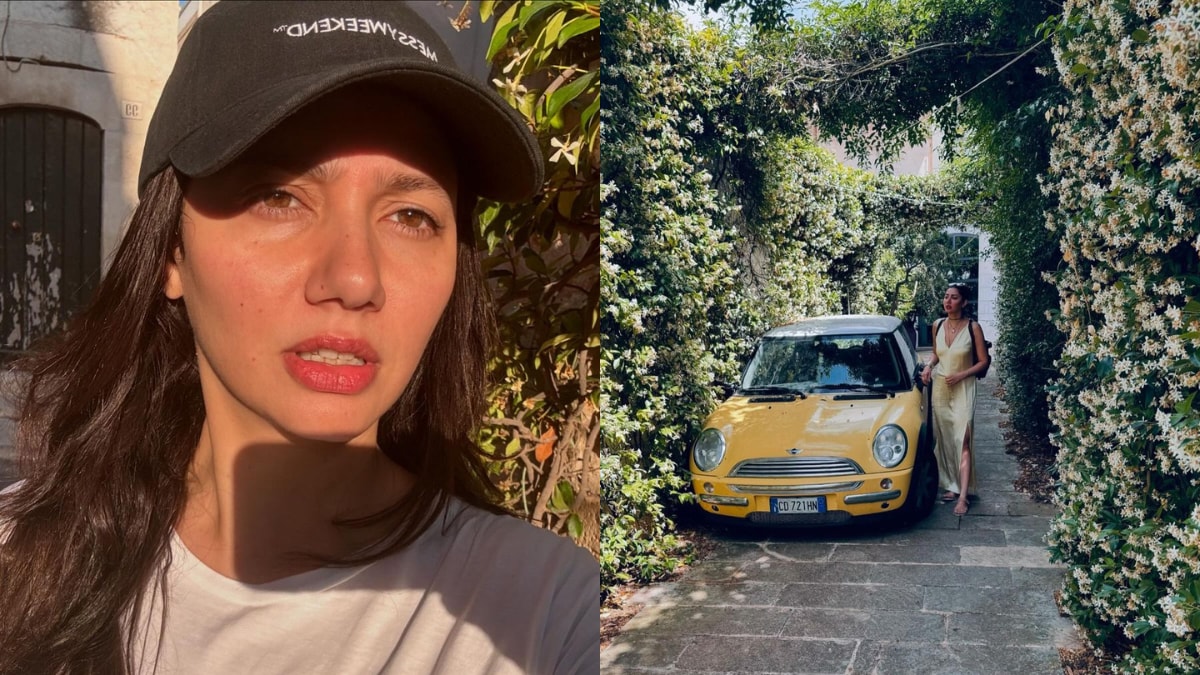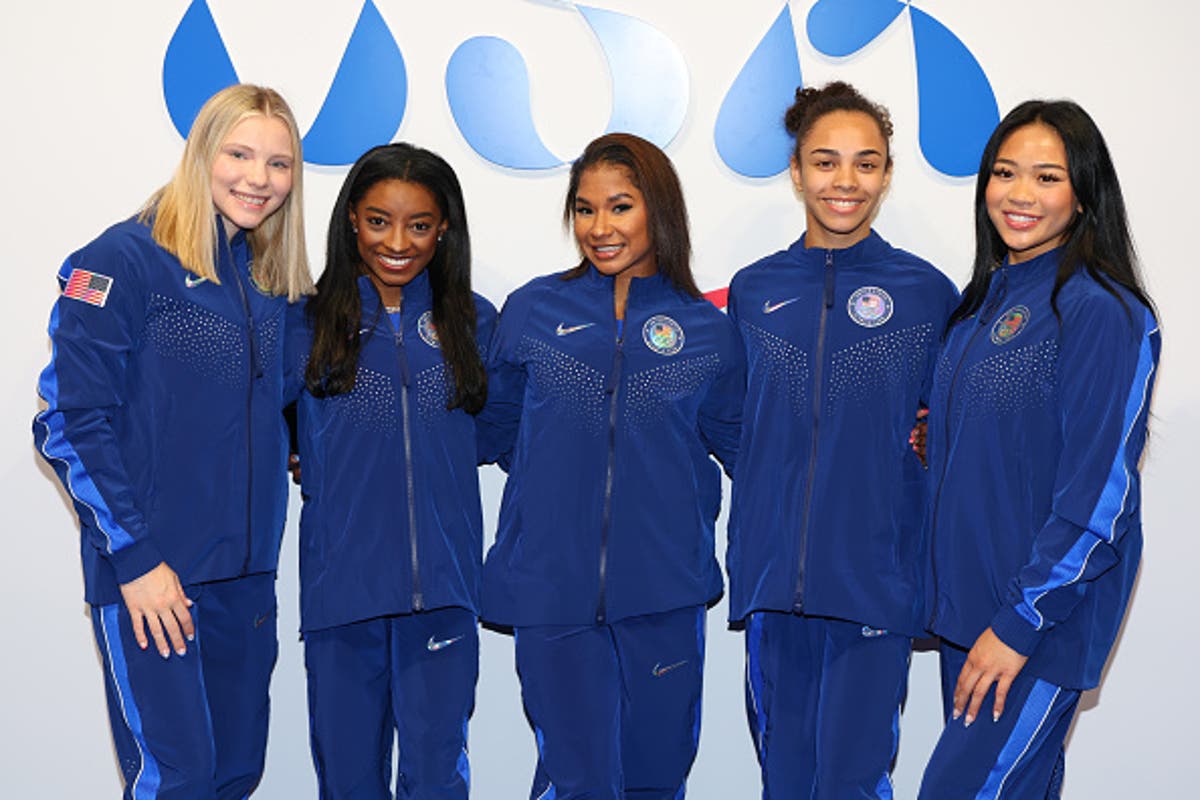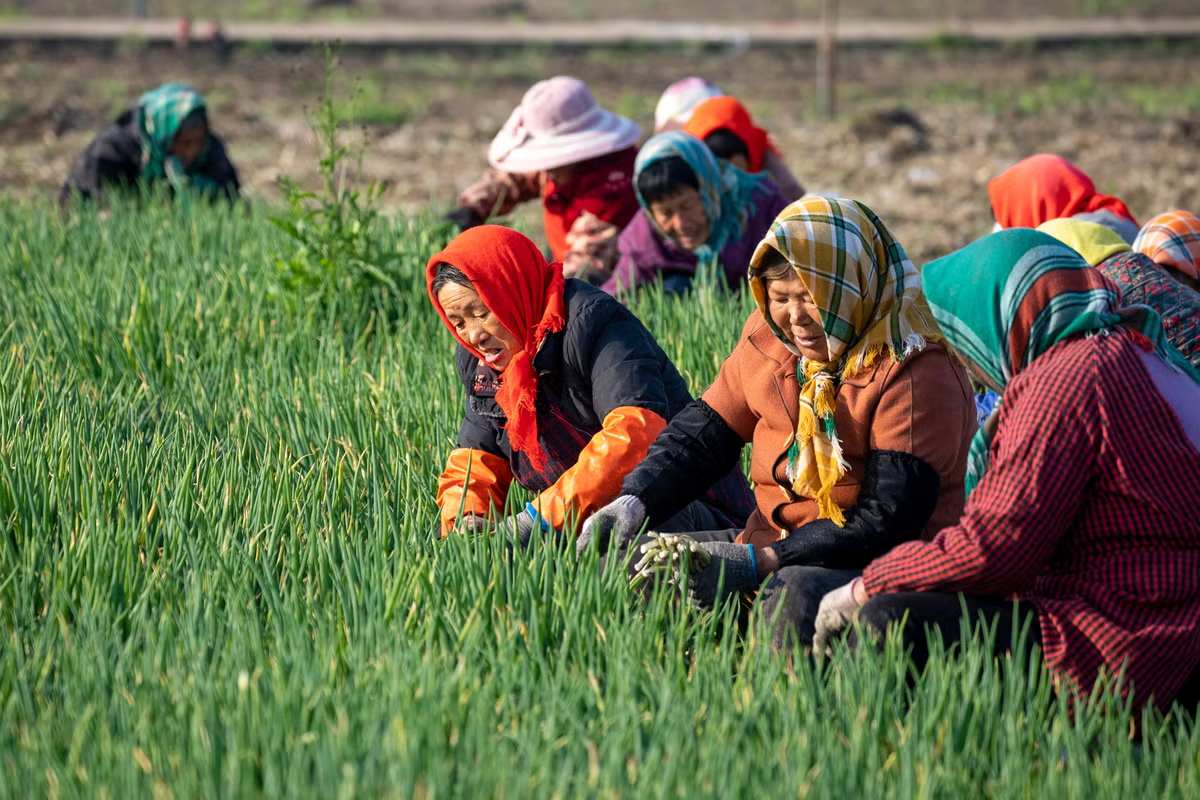Let's start with common sense: covering the Earth with plastic carpets is a terrible idea. And yet we continue to cover an ever-growing swathe of our public and private open spaces with artificial turf, in a way that will surely leave future generations perplexed.
It's time to embrace healthier, more affordable and more environmentally responsible alternatives, and Los Angeles can help lead the way.
The artificial turf industry has been very successful in convincing millions of people that its short-lived, non-recyclable, fossil-fuel-derived product is somehow good for the environment. If there were a hall of fame for greenwashing, this would be it.
In fact, it is clear that artificial grass is harmful to our ecosystems and our health.
Artificial turf exacerbates the effects of climate change. On a 90-degree day in Los Angeles, the temperature on artificial turf can reach 65 degrees or more. higher — hot enough to burn skin. And artificial turf is disproportionately installed to replace private lawns and public gardens in economically disadvantaged communities that already face the greatest consequences of the urban heat island effect, in which hard surfaces increase local temperatures.
Artificial grass is made from single-use plastics made from crude oil or methane. The extraction, refining and processing of these petrochemicals, along with the transportation and subsequent disposal of the artificial grass, all have a significant carbon footprint.
Artificial grass is full of Per- and polyfluoroalkyl substances, or PFAS, are known as “forever chemicals” because they accumulate in the environment and in living tissue. The Synthetic Turf Council has noted manufacturers’ efforts to ensure their products “do not contain intentionally added PFAS components.” So what? Tobacco companies don’t intentionally add carcinogens to cigarettes; they’re built into the product. PFAS have been linked to serious health effectsAnd while artificial turf is by no means the only source of them, it is one we can avoid.
Because artificial grass is a complex product made from multiple types of plastic, it will never be recycled. After its relatively short lifespan of between eight and fifteen years, artificial grass ends up in storage yards, landfills and incinerators indefinitely, creating a whole host of additional pollution problems.
Industry representatives have enticed school boards and municipalities with promises that artificial turf fields can be used 24/7 and become a source of revenue as third parties line up to rent them. In reality, well-maintained natural grass fields are more than sufficient for the limited number of hours in the day that people are available to participate in sports.
Studies show the maintenance costs of artificial grass often get over Natural turf cleaning systems are very complex, as organisms naturally found in the soil break down much of what ends up on a turf field, including all manner of human and animal bodily fluids. When the field is a plastic mat, these systems cannot function, so it needs to be periodically cleaned with a cleaning agent and a substantial amount of water. The infill component that cushions the turf also needs to be periodically combed, cleaned, and replaced. As the field ages, this work only increases.
The turf industry counters that turf fields require the use of expensive fertilizers and pesticides, which also become pollution through runoff. This is a reasonable concern, but it can be addressed with environmentally responsible pest control and soil amendments. Continued implementation of state food and green waste collection requirements will produce much more compost to cost-effectively maintain natural playing surfaces.
Surprisingly, artificial turf doesn't even save water compared to natural grass. Industry marketing materials claim that an artificial field can save millions of gallons of water a year and that homeowners who use the product to replace a conventional lawn can cut their water usage by more than half. But artificial turf must be cleaned regularly with water, and in hot climates like Los Angeles, artificial fields get so hot that schools must water them before children play on them.
Industry water reduction promises often compare artificial grass to thirstier sods. But there are natural grass varieties that are much more drought-tolerant. Residential lawns are, in fact, a tremendously wasteful use of water, but native plants are a much better solution than artificial grass — and they attract butterflies, too.
Even if artificial turf is never watered to clean or cool it, it contributes to the loss of fresh water that natural surfaces would otherwise absorb. Los Angeles, in particular, needs natural plants and surfaces that absorb as much of our precious rainfall as possible to recharge our groundwater and mitigate flooding. Impermeable plastic sheeting cannot provide this service.
The Los Angeles City Council is considering requiring municipal departments to report on the consequences of using artificial turf, which is a good first step. From 2015 until last year, California law considered artificial turf to be a drought-tolerant form of landscaping that cities and counties could not ban. Thanks to a change in the law that Artificial turf was excluded from that category.Los Angeles has an opportunity to set a precedent by banning new installations of this destructive material.
Any true assessment of the economic, environmental and health consequences of artificial turf should lead governments to phase it out. We need to get over the outdated idea that we can manufacture a better version of nature.
Charles Miller is the Chair of the Climate Reality Project's Los Angeles Chapter and its Biodiversity Committee.











